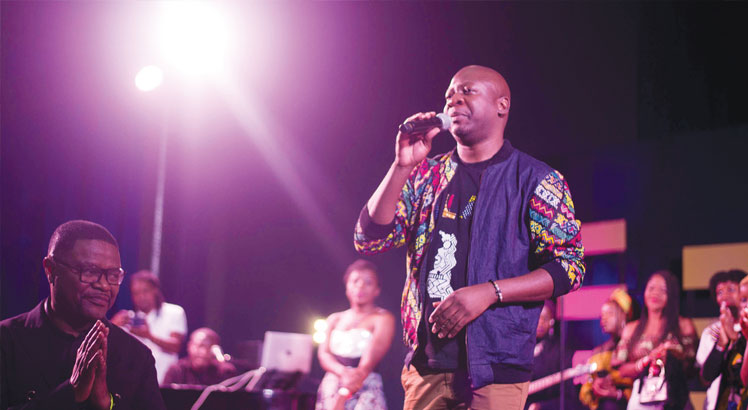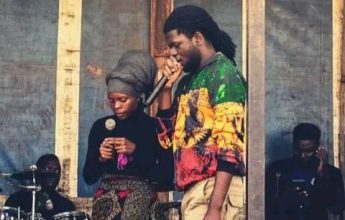Nature’s portrait
A painter imitates reality on a sheet of paper with the masterly acumen of a virtuoso. With a touch of witty imagination, his pencil or brush creates a replica of nature in exquisite form-holding the pencil or brush and rolling it on paper with impeccable dexterity to reproduce finesse.
According to Aristotle’s theory on imitation in his book Poetics, art imitates nature through form and colour but the artist imitates the reality embedded within nature and not merely the outward appearance of it. Thus, the artist draws ‘form’ on the tapestry of reality from the ideal world of existence.
Just as poetry, Aristotle posits that painting is mimicry of nature in that it depicts the appearance of things. Since antiquity, artists have simulated nature through painting, sculpting or performing. Those who excelled in painting replicated humans, animals or nature in artworks. Great artists like Botticelli, Michelangelo and Leonardo da Vinci drew portraits of human characters from the Bible, within society and from nature.

The artworks of these historical figures have continued to draw admiration from people throughout the ages. There have been many admirers of these figures who have tried to follow their trail.
One such admirer is Lovemore Mponda, a 25-year-old artist based in Mbayani, Blantyre. He specialises both in acrylic painting and portraits of/by graphite pencil.
He says he adores village life. As such, he gets inspired to draw or paint people on paper. “Portraits are for people. They capture moments of life like weddings and other occasions. It is interesting to depict life’s precious moments as time is fleeting and only those captured moments will live for eternity,” he says.
This is the philosophy of Heraclitus that everything is in a state of flux therefore, capturing these moments is the best thing to do as people will be able to remember them in future.
In his masterpiece painting of a village basking in the illumination of a morning sun, Mponda’s representation of Malawi’s way of life is superb.
In the portrait it is rainy season. The river is flowing. The trees accentuate the picture of life in this typical African village.
All people in the village at this time are gone out to work in their fields. This illustrates the core activities Malawians are preoccupied with in the villages during rainy seasons. Our culture encourages hard work and denounces laziness. As such, the good time to start working is in the morning, as the portrait illustrates.
Connotatively, the time in the portrait depicts the motto of our nation ‘kwacha’ (it is day break) which is also the name of the currency. It is also symbolised by the rising sun on our flag. The breaking light in the east does not only show people the time to start going about with different activities but also heralds a new day and opportunities. It symbolises rebirth and renewal after a long night of weariness. Thus the portrait becomes a microcosm of the whole nation in every sense.
It should be this portrait and others of this kind that ought to be hung on walls of our hotels, galleries and other public buildings in the country as they inspire hope and inculcate a spirit of hard work in the citizenry. Unfortunately, “not many Malawians appreciate art,” laments Mponda.
Perhaps his concern is justified as in Lilongwe’s Sunbird’s Capital they changed their restaurant to Vincent’s Restaurant, named after Dutch painter, Vincent Van Gogh. In Blantyre at Sunbird Mount Soche, they named their restaurant Pablo’s after Spanish painter Pablo Picasso to the annoyance of some art and literary critics including Stanley Onjezani Kenani.
Kenani says: “My argument is that no tourist will want to travel to Malawi to be bombarded with works of a Dutch or a Spanish artist. If they want to know about Van Gogh, they travel to Amsterdam, where there is a whole museum dedicated to his works. When they come to Malawi, they are curious to know about our artists.”
As argued by Kenani, it is important to tell our stories. And our stories will be told better by ourselves through artworks of paintings or portraits.
Masa Lemu, one of the finest artists of Malawi but is based abroad, contends that an artwork is an expression of an individual’s view of the world and, therefore, a cultural product of that society. This means the less public places exhibit Malawians artworks, the more our culture will become invisible to the outside world.
For all their tireless efforts in representing Malawian cultural heritage in art form, Malawian artists are not appreciated, says Mponda.
“I want to be an international artist. In Malawi, artists are not appreciated. Another problem is exposure. We have read a lot of international exhibitions but government does not sponsor us to go there. Thirdly, there is no sponsored competition in Malawi for artists to compete and perfect their art,” he laments.
On the economic returns, Lemu says that “painting is already embedded in the economic system. To make a painting, the artist buys paint from the art supplier’s store, canvas from the fabrics or hardware shop and frames from the carpenter. The painting is displayed in a gallery or museum which employs gallery attendants, curators, cleaners and guards.”
This justifies a point that art can contribute to the economy of the country just as in France and Italy where many tourists go to see artworks by great historical figures.
But for an artist, his motivation to produce images that mimic reality is not primarily economic. It is rather to behold the beauty of nature painted on a mere paper or wall.




